
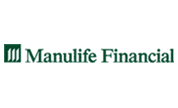

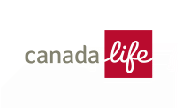



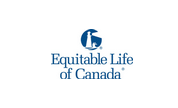

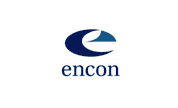
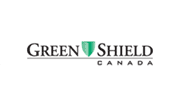
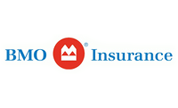


















Group Life, Dependent Life, Accidental Death & Dismemberment, and Long Term Disability are generally pooled benefits. The insurance company amalgamates the claims experience of similar size groups into one pool to determine a common rate. These rates are influenced by the demographics of the group and the insurer's experience with a particular pool rather than the claims experience of the group. Factors that could bring about a change in the rates include:
A complete market survey approximately every three years with an interim analysis of changes to the group's demographics is an effective manner of keeping the pooled rates competitive.
Premiums for experience rated benefits are based on the actual claims experience of the group. The Short Term Disability, Extended Health Care and Dental benefits are typically experience rated. For medium and large size groups, insurers will generally base rates completely on the group's claims experience. For smaller groups, particularly those for which the current insurer has a limited claims history, only partial credibility is usually given to the claims experience. The insurer's manual rates (the average rate for a group with similar demographics) is also factored into the rate calculation.
When establishing renewal rate structures for an experience rated benefit, most insurers will use the following formula, which evaluates a group's past experience with allowance for expected future claim trends.
Required Rate = Incurred Loss Ratio
Target Loss Ratio x Inflation x Trend
The components of this formula are described below.
Incurred Loss Ratio = Incurred Claims
Premium
Incurred Claims = Actual Cash Claims + Change in Cash Reserves Requirements*
*When a company changes its insurance carrier, the insurer continues to be liable for expenses that were open before the date of cancellation. Insurers hold a buffer against this contingency referred to as the "incurred but not reported" claims reserve (IBNR). The IBNR is established at the end of the first year and should accurately reflect the claim lag. At the end of the second and subsequent years, the IBNR is recalculated and the previous year's IBNR is subtracted so that only changes are charged to the claims experience.
Below is a sample of our method of evaluating rates for the health benefit. A similar method is used for the short term and dental benefits.
In order to determine the appropriateness of the renewal rates for the health plan, three different models have been developed which differ in the amount of credibility given to each year's experience.
The following premiums and claims data have been used to analyze the renewal rates for the health plan.
| Period | Paid Premium | Adjusted Premium | Paid Claims | Incurred Claims | Adjusted Claims | Adjusted Loss Ratio |
|---|---|---|---|---|---|---|
| Year 1 | $115,447 | $122,986 | $92,103 | $94,370 | $94,370 | 76.73% |
| Year 2 | $101,689 | $137,973 | $69,433 | $69,284 | $77,944 | 56.49% |
| Year 3 | $87,520 | $101,590 | $70,924 | $72,909 | $91,865 | 90.43% |
The following inflation/trend factors have been utilized to analyze the health plan rates:
As previously noted, the formula for determining the renewal rates is as follows:
Required Rate = Loss Ratio
Adjustment Target Loss Ratiox Inflation/Trend Factor
Applying this formula to each of the rate adjustment models produces the following results:
| Rate Model A Current Year's Experience | Rate Model B 2/3 - 1/3 Credibility | Rate Model C 3 Year Weighted Average | |
|---|---|---|---|
| Adjusted Loss Ratio | 76.7% | 70.0% | 73.4% |
| Inflation/Trend | 18.75% | 18.75% | 18.75% |
| Target Loss Ratio | 83.0% | 83.0% | 83.0% |
| Formula | 76.7/83.0x1.1875 = 109.8% | = 100.1% | 73.4/83.0x1.1875 = 105.0% |
| Rate Adjustment | 9.8% | 0.1% | 5.0% |
The rate models illustrated above have resulted in rate adjustments of +9.8%, +0.1% and +5.0% respectively for the health plan.